Photo-luminescence studies of calsium silicate nano phosphor —— WLEDs & Display applications
----- 硅酸钙纳米荧光粉的光致发光研究及显示应用
Synthesis of nanoparticles consisting of two major routes, namely physical and chemical routes. In physical route one may consider ‘top-down’ approach which starts from solid and confining it to a limited size. On the other hand, one may consider ‘bottom-up’ approach which starts from molecular system and expands its size. In case of chemical route, the wet chemical technique for the synthesis of nanoparticles includes sol-gel, combustion, co-precipitation, hydrothermal, microwave etc. By conventional solid state route, it is not possible to obtain a nano sized powder because initial sizes of the reactants are much larger. A major challenge encountered in the synthesis of nanoparticles is the poor control over stoichiometry at the nano level. In order to obtain nanostructured materials at relatively low temperature, various chemical synthesis have been proposed and developed over the last few decades. Even though numerous techniques have been developed for the production of nano particles, flame process is one of the most popular ones for the manufacture of commercial nano particles. However, problems of agglomeration remain a limiting factor.
{{comment.content}}
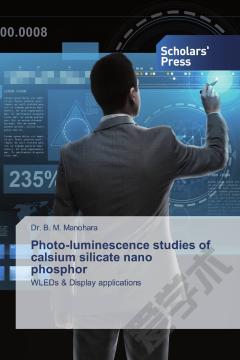

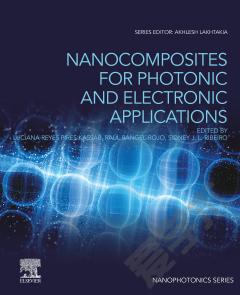

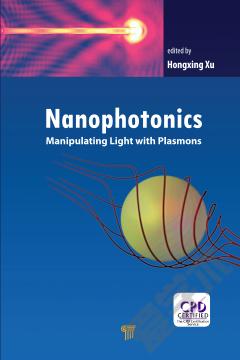
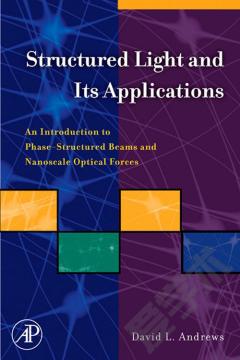
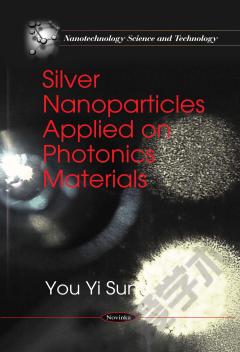

 京公网安备 11010802027623号
京公网安备 11010802027623号